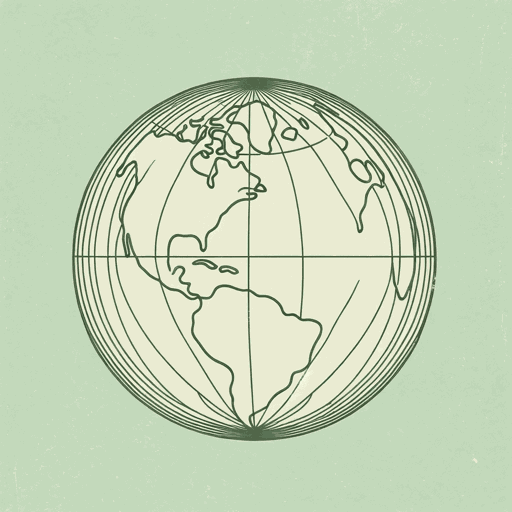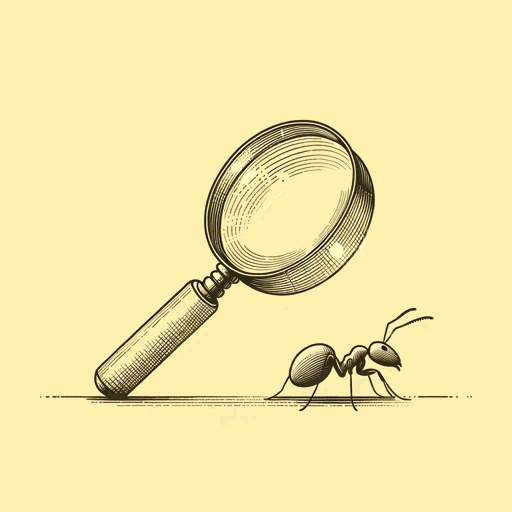43 pages • 1 hour read
Edward O. WilsonThe Future of Life
Nonfiction | Book | Adult | Published in 2001A modern alternative to SparkNotes and CliffsNotes, SuperSummary offers high-quality Study Guides with detailed chapter summaries and analysis of major themes, characters, and more.
Themes
The Rapid Disappearance of Biodiversity Relative to the Rate of Discovery
Even in the most extreme environments on Earth—such as hydrothermal vents on the ocean floor—there is life, in the form of bacteria and archaea. In slightly more hospitable environments, such as the McMurdo Dry Valleys of Antarctica, one can find an even greater variety of life, including fungi and microscopic animals such as rotifers and mites, “McMurdo’s equivalent of elephants and tigers, yet all but invisible to the naked eye” (4). Expand this lens to the most biodiverse environments on Earth—such as the planet’s tropical forests—and we have a picture of a world that is bursting with millions of species, all of which are adapted, through evolution, to their specific ecological niche.
Yet, Wilson notes, we know very little about life on Earth, including how many species there are—estimates range from 3.6 million to over 100 million. Many species, such as those found in the ocean, have only been catalogued in the last several decades, and it’s unclear how many more, especially among microscopic organisms, still await discovery. What is certain, however, is that species are rapidly disappearing due to human activity. This fact gives additional urgency to the mapping of the world’s 







Related Titles
By Edward O. Wilson

Consilience
Edward O. Wilson

Half-Earth: Our Planet’s Fight for Life
Edward O. Wilson

Letters to a Young Scientist
Edward O. Wilson

On Human Nature
Edward O. Wilson

The Diversity of Life
Edward O. Wilson

The Meaning of Human Existence
Edward O. Wilson

The Social Conquest of Earth
Edward O. Wilson
